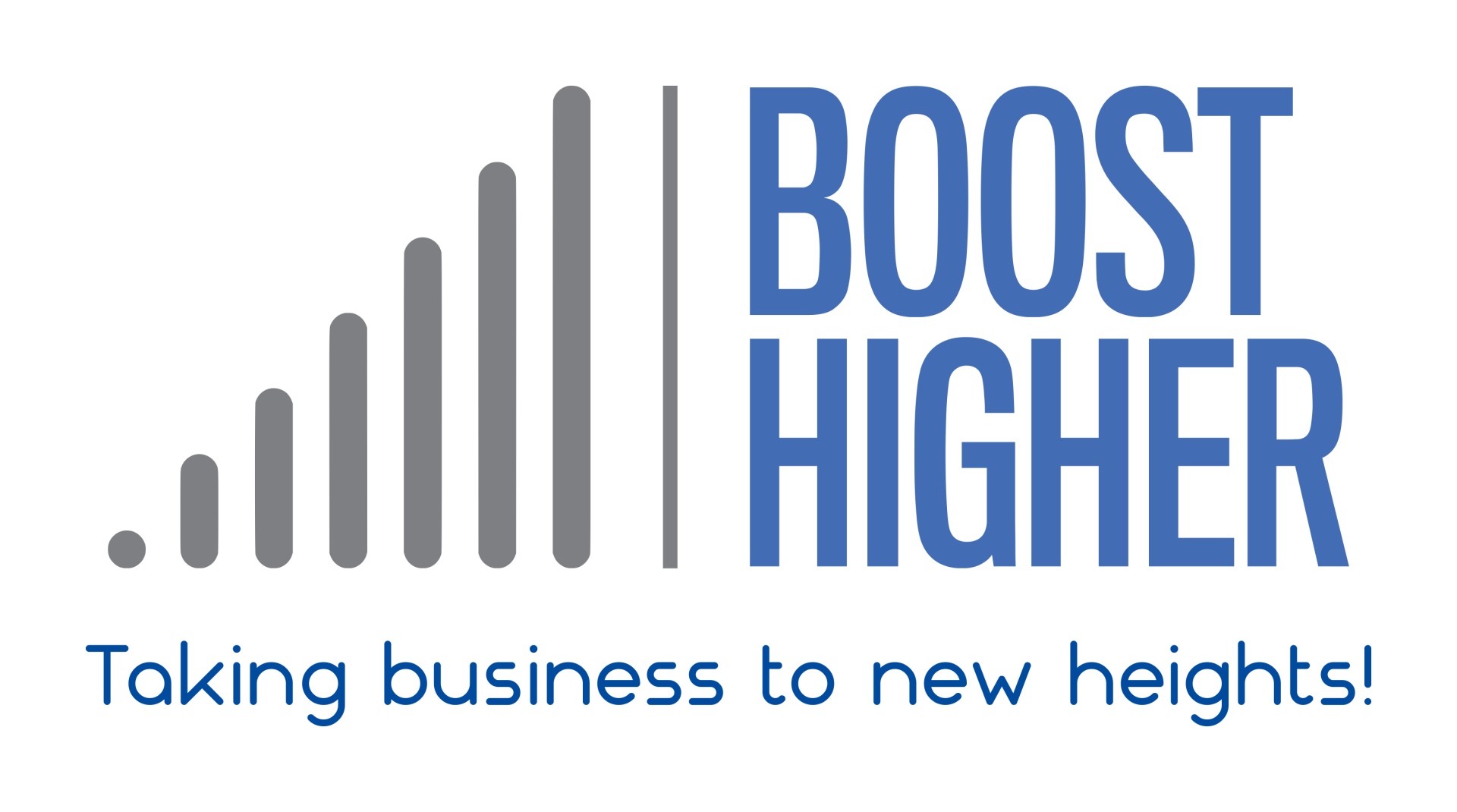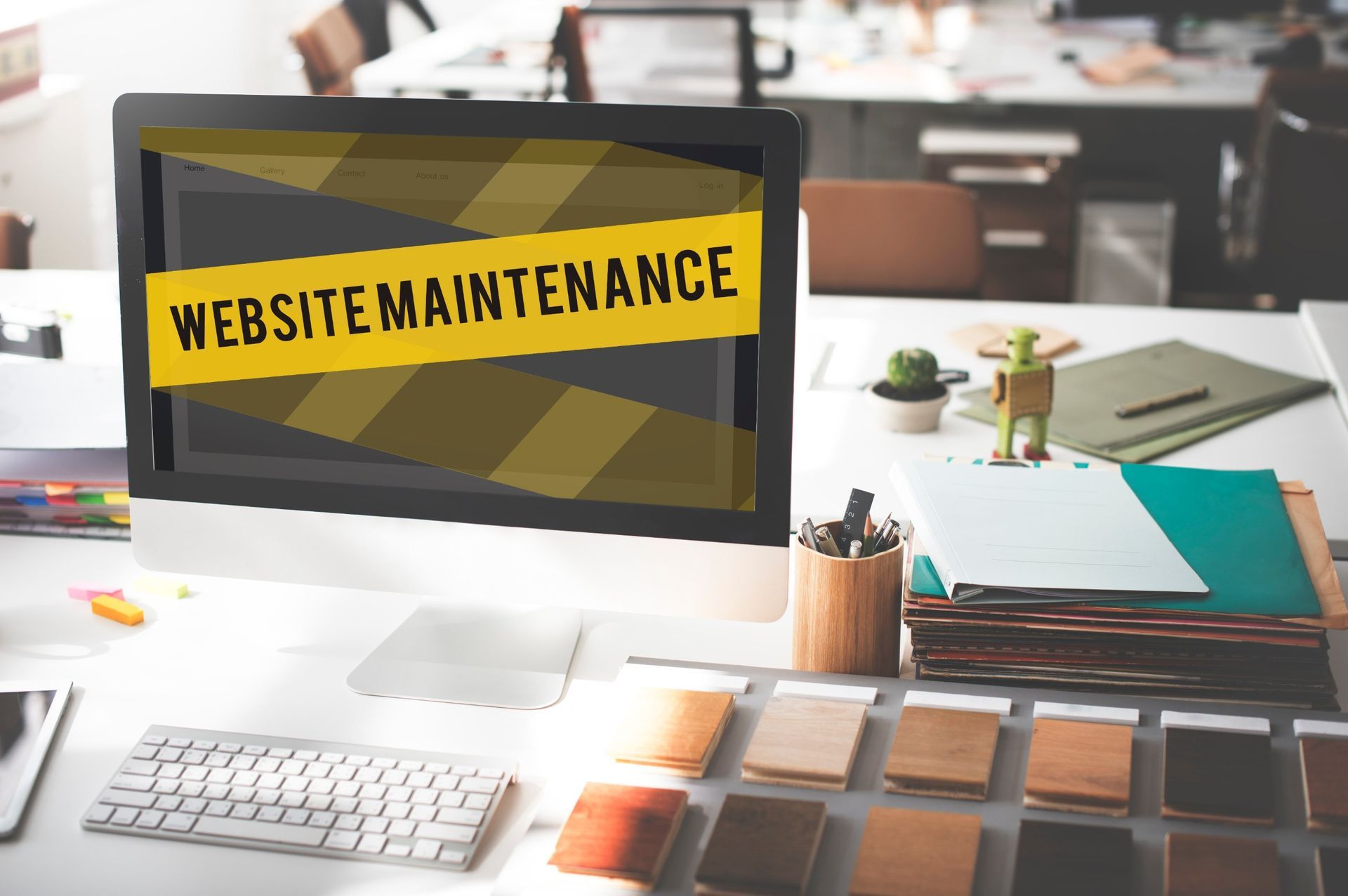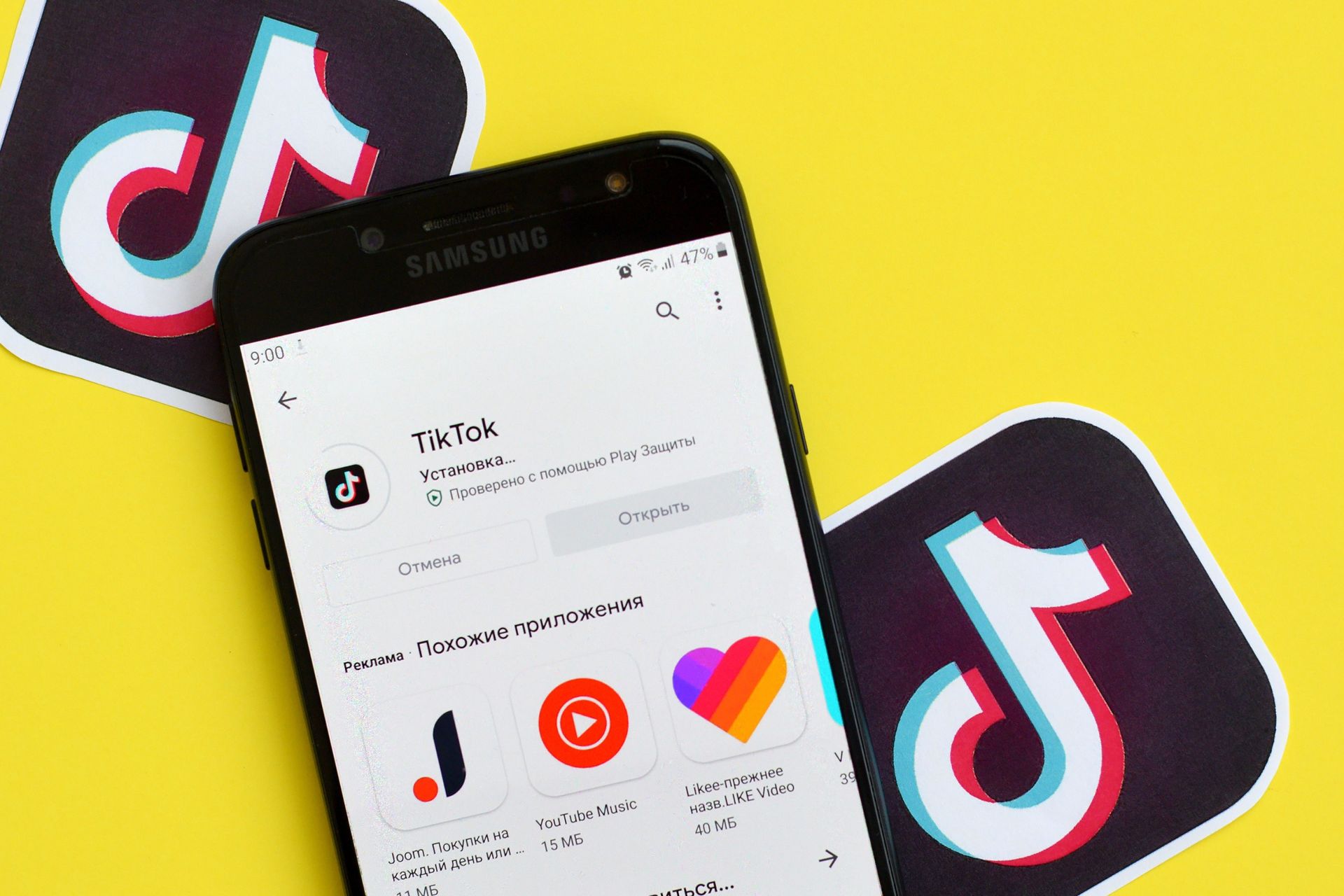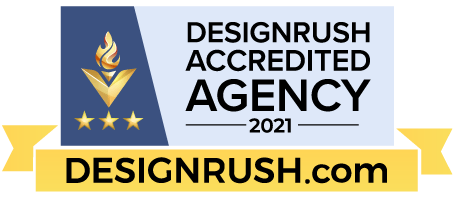10 Steps to Executing a PPC Advertising Plan
In the competitive world of online marketing, Pay-Per-Click (PPC) advertising stands out as an efficient way to drive traffic to your website and convert visitors into customers. Whether you're a small business owner or a seasoned marketer, mastering the art of PPC is crucial. The journey from conceptualizing to executing a PPC plan can be intricate and daunting.
In this guide, we'll explore 10 vital steps that will pave the way for a successful PPC campaign. So strap in, and let's dive into the world of clicks, conversions, and ROI!
Step 1: Define Campaign Goals
Before diving into the mechanics of a PPC campaign, it's crucial to set clear and measurable goals. These goals will serve as the north star, guiding every decision you make from keyword selection to budget allocation. Here are some common campaign objectives to consider:
- Generate Leads: Aim to collect information from prospects so you can follow up and convert them into customers.
- Increase Sales: Direct your efforts toward driving transactions and boosting the bottom line.
- Boost Brand Awareness: Expand your visibility and position your brand top of mind for consumers.
- Drive Web Traffic: Focus on attracting more visitors to your site to enhance other marketing efforts.
- Promote a New Product or Service: Create targeted campaigns to inform and excite potential customers about your latest offering.
Step 2: Identify the Target Audience
Understanding who the target audience is forms the backbone of any PPC campaign. It's critical to identify not only who your customers are but also what they want, where they spend their time online, and what kind of messaging resonates with them.
Consider creating detailed buyer personas that encompass demographics, psychographics, and online behaviors. This will enable you to tailor your PPC ads to match the interests and the search behavior of your potential customers.
Use data analytics and market research to refine these personas over time, ensuring your targeting remains precise and your campaigns continue to deliver optimal results.
Step 3: Research Keywords
Keyword research is the cornerstone of any PPC campaign as it determines how your ads match up to customer search queries. Start with brainstorming sessions to come up with an initial list of search terms related to your products or services. Then, use keyword research tools to expand your list and discover search terms that you might have missed.
When selecting keywords, consider their relevance, search volume, and competition. High-volume, competitive keywords might drive more traffic, but they can also be expensive and less targeted. Conversely, long-tail keywords often have lower search volumes but are less competitive and can attract a more qualified audience.
Assess the intent behind the keywords to ensure they align with your campaign goals. Are the users ready to buy, or are they simply seeking information? This understanding will help you to craft more targeted ads and choose appropriate landing pages for each keyword group.
After gathering and assessing your keyword list, organize them into tightly themed ad groups. This will increase the relevance of your ads to your audience and can improve your Quality Score in PPC platforms like Google Ads, ultimately leading to more cost-effective campaigns. Here’s a sneak peek of how to organize your keywords:
- Transactional Keywords: For those looking to make a purchase. Example: "buy ergonomic office chair online"
- Informational Keywords: For those seeking information. Example: "best office chairs for back pain"
- Navigational Keywords: For those looking for a specific brand or website. Example: "BrandX office chair sale"
Regularly review and refine your keyword list to respond to changes in search trends and to stay ahead of your competition. Keep in mind that keyword research is an ongoing process, not just a one-time task.
Step 4: Select PPC Platforms
Choosing the right platforms for your PPC campaign is critical, as different platforms can offer various benefits and cater to specific audiences. When selecting platforms, consider the following:
- Google Ads: The largest and most popular PPC platform, ideal for reaching a vast audience due to Google's extensive search network.
- Bing Ads: Often has lower cost-per-click rates than Google and can reach audiences that prefer using Microsoft's search engine.
- Facebook Ads: Excellent for highly targeted campaigns based on detailed demographics, interests, and user behavior.
- LinkedIn Ads: Ideal for B2B companies seeking to target professionals based on industry, company size, or job title.
- Instagram Ads: Great for visual products and reaching a younger demographic with image-heavy content.
- Twitter Ads: Useful for engaging with audiences in real-time and leveraging trending topics.
- Pinterest Ads: Works well for products targeting a predominantly female audience and capitalizes on image-centric content.
- Amazon Advertising: Essential for e-commerce businesses looking to reach consumers with a high intent to purchase.
Consider the unique features of each platform and align them with your advertising goals and target audience to ensure the most effective PPC campaign.
Step 5: Allocate Budget
Determining your PPC campaign budget is a delicate balance between your financial constraints and your marketing goals. Begin by evaluating the overall marketing budget and what portion of that can be dedicated to PPC efforts. This allocation should reflect the importance of PPC in your marketing mix and the expected returns in terms of leads, sales, or brand awareness.
When setting your budget, consider factors such as the average cost-per-click (CPC) in your industry, the competitiveness of your keywords, and the expected conversion rate. A smaller budget may be suitable if you're focusing on niche, low-competition keywords, whereas a more aggressive budget may be required for high-competition terms to ensure visibility.
Remember to plan for flexibility in your budgeting to allow for adjustments based on campaign performance. Allocate a portion of your budget for testing different keywords, ad copy, and bidding strategies to continually optimize your campaign's ROI.
It's also essential to set a daily spend cap to prevent overspending, and monitor your campaign expenditures regularly. Platforms like Google Ads allow you to adjust your daily budget at any time, giving you control over your spending and the ability to respond to campaign performance in real-time.
Step 6: Create Compelling Ad Copy
Crafting persuasive ad copy is fundamental in enticing potential customers to click through to your website. Here are some bullet-point tips to consider when writing your ads:
- Highlight Unique Selling Points: Clearly communicate what sets your product or service apart from the competition.
- Include a Strong Call-to-Action (CTA): Encourage users to take immediate action, whether it's to "Buy Now," "Learn More," or "Get a Free Trial."
- Use Keywords Effectively: Integrate primary keywords into the headline and body to ensure relevance and improve Quality Score.
- Address the User's Intent: Align the ad copy with what the user is looking to accomplish to increase the chances of a conversion.
- Leverage Emotional Triggers: Use language that resonates on an emotional level, making the user feel a connection to your ad.
- Include Numbers or Statistics: These can offer concrete information and add credibility to your copy.
- Test Multiple Versions: Run A/B tests on different ad variations to see which messages perform best.
- Keep it Concise and Clear: Make sure the copy is easily digestible at a glance and free of any confusion or complexity.
- Use Timely References: Capitalize on current events, seasons, or holidays if applicable to your offering.
- Ensure a Match with Your Landing Page: The messaging of your ad should be consistent with the content of the landing page to avoid any disconnect
Step 7: Design and Test Landing Pages
To convert visitors, a landing page must be optimized, both in terms of content and design. When designing landing pages, consider these factors:
- Relevance to Ad Copy: Your landing page content must closely align with the messaging of your advertisement to provide a seamless experience.
- Clear and Concise Headlines: Use strong headlines to instantly communicate the value proposition to your visitor.
- Strong Visuals: Include high-quality images or videos that complement the text and enhance the user's understanding of the offering.
- Simplified Forms: If the goal is lead generation, keep forms short and straightforward, asking for only essential information.
- Mobile Optimization: Ensure pages are responsive and provide an excellent mobile experience, as a significant portion of users are on mobile devices.
- Fast Loading Speed: Optimize page load times to reduce bounce rates and improve user satisfaction.
- Call-to-Action (CTA) Placement: Feature your CTA prominently and make it clear what the user should do next.
- Trust Signals: Display testimonials, reviews, client logos, or security badges to build credibility and trust.
- A/B Testing: Regularly test various elements of your landing pages to find what maximizes conversion rates.
Continuously refining your landing pages based on data-driven decisions will lead to higher conversion rates and a more effective PPC campaign.
Step 8: Set Up Campaign
This process includes configuring settings like campaign type, ad groups, bid strategies, and more. Here’s a brief rundown of the most critical components to consider during the setup:
- Campaign Type: Decide whether your campaign will focus on search ads, display ads, shopping ads, or a combination based on your goals.
- Ad Groups: Create ad groups to house your keywords and ads. Each group should be tightly themed around a specific product, service, or theme.
- Bids and Budget: Set maximum bids for your keywords and establish a daily budget for your campaign to manage your spending effectively.
- Ad Scheduling: Determine when your ads will appear. You can schedule ads to run on specific days of the week or at particular times of day.
- Location Targeting: Select geographical locations where you want your ads to show, which can range from global to local.
- Device Targeting: Choose which devices (desktop, mobile, tablet) your ads will appear on, depending on where your audience is most likely to engage.
- Ad Extensions: Utilize ad extensions to provide additional information and enhance your ad's visibility on search engine results pages (SERPs).
Careful attention to these settings will ensure that your PPC campaign structure is optimized for performance, relevance, and budget efficiency.
Step 9: Monitor Performance Metrics
Tracking and analyzing performance metrics is essential for interpreting how your PPC campaign is performing and where it can be improved. Important metrics include Click-Through Rate (CTR), Conversion Rate, Quality Score, Cost Per Conversion, and Return on Ad Spend (ROAS). Establish a routine for monitoring these metrics to make data-driven decisions that optimize your campaign.
- Click-Through Rate (CTR): This metric indicates the percentage of times your ad is clicked compared to how often it is shown (impressions). A higher CTR means your ads are resonating well with your target audience.
- Conversion Rate: Shows the percentage of clicks that result in a conversion, such as a sale, sign-up, or other desired actions. This metric helps assess the effectiveness of your ads and landing pages.
- Quality Score: A diagnostic tool in platforms like Google Ads, which reflects the relevance of your keywords, ad copy, and landing pages to the user's search query. Higher Quality Scores can result in lower costs and better ad positions.
- Cost Per Conversion: The cost you pay for each conversion, which is crucial for understanding the efficiency and cost-effectiveness of your campaign.
- Return on Ad Spend (ROAS): A financial metric that measures the amount of revenue earned for every dollar spent on the campaign. It's crucial for measuring the overall profitability of your PPC endeavors.
Regularly assessing these metrics allows for continual refinement of campaign elements such as keywords, ad copy, and bidding strategies. Adjusting campaigns based on these insights can lead to more targeted ads, better user engagement, and ultimately, higher returns on your investment.
Step 10: Optimize and Adjust
Optimization and adjustment are crucial for the longevity and success of a PPC campaign. Constant analysis of campaign metrics can reveal insights that should be applied to improve performance. This includes:
- Keyword Optimization: Refine your keyword list by pausing underperforming keywords and adding new ones that might capture additional relevant traffic.
- Bid Adjustments: Increase bids on keywords that are converting well and decrease them on those that are not, to ensure an optimal use of your budget.
- A/B Testing of Ad Copy and CTA: Continuously test different ad creatives and calls-to-action to determine what resonates best with your target audience.
- Landing Page Optimization: Make adjustments to landing page design and content based on user behavior and conversion data to improve user experience and conversion rates.
- Adding Negative Keywords: Regularly update your list of negative keywords to exclude irrelevant traffic that wastes your budget and skews your metrics.
- Seasonal Adjustments: Update your campaigns to reflect seasonal trends, ensuring that your ads stay relevant throughout the year.
- Utilization of Smart Bidding Strategies: Consider using machine learning and AI-powered bidding strategies available in ad platforms to optimize for conversions or conversion value in each auction.
- Ad Placement and Device Adjustments: Review where your ads are being placed and on which devices they are performing best, then adjust settings accordingly to maximize visibility and efficacy.
Engage in these activities regularly to not just maintain, but improve the efficiency and effectiveness of your PPC campaigns over time.
About Us
At Boost Higher, we help your business achieve never-before-seen heights with our expert strategies and tactics, uniquely designed to fit your brand and goals. Our team of experts specializes in creating hype about your business at both a local and global scale, leading to increased conversions, happy customers, and higher revenue. Schedule your free, no-obligation consultation today, or fill out our contact form to get in touch with us.











